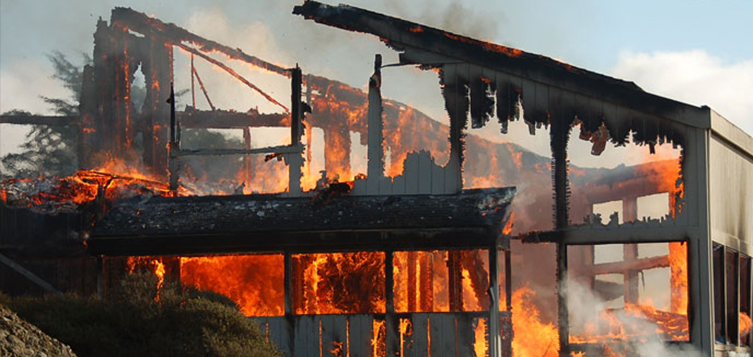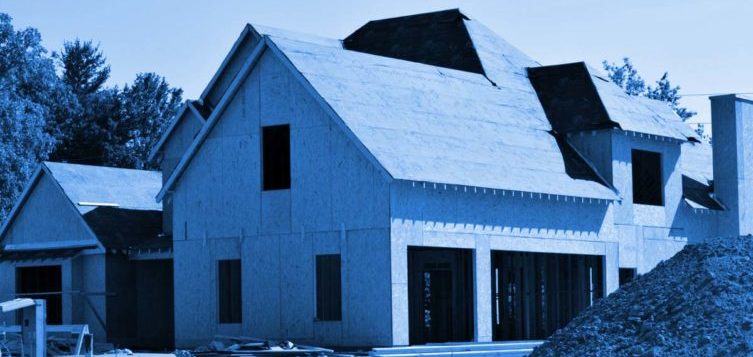A fire is a terrifying thought. It can destroy your home and reduce personal belongings to ashes and soot. The most frightening thought is that it can also take the lives of your loved ones and pets. The good news is that you don’t have to live in fear of this destructive force. Below we have provided some useful tips on how to fireproof your home as well and protect your family.
You cannot make your home truly fireproof, but you can use these tips to make it safer. When you know what steps to take, you will be prepared for a fire and will know what to do if the worst happens.
Tips on Protecting Your Home and Family from Fire
Be Prepared
The first rule to remember is that no home is truly fireproof. Even the most careful family can still fall victim, so you must be prepared. This starts with making sure that firefighters can access your home in case of a fire.
This is particularly important in rural areas where roads may not be clearly marked or they may be narrow and steep. Inspect your drives and entrances to make sure that a fire truck can find and access your home in the event of an emergency.
Inside the home, make sure that you have exit points from every room. Bedrooms must have two points of exit, usually the main door and at least one window. Don’t just talk to your kids about fire safety and escape routes. Have them practice climbing out the window and dropping into your arms or using a ladder. Have them crawl around the floor to simulate crawling under a cloud of smoke.
This exercise doesn’t have to scare them. You can make it fun by going through the exercises with them. The important thing is that they will remember the lessons when they need them most. Have a meeting spot where the family knows to gather after exiting the home in a fire.
Treating the Structure
Unless your home is being custom-built, there’s not a lot you can do to fireproof the structure. When it’s time for a new roof, invest in metal or even asphalt shingles. They are less prone to catching fire in dry conditions than wood shakes. If you are building a home, ask for fire-treated wood that will not catch fire as quickly or easily. When it’s time for siding, consider fiber cement options that are highly resistant to flames and will protect your property.
One common cause of fires is faulty wiring and outlets. While this can occur in any home, it is most likely to become a problem in an older property. Watch for signs that outlets are going bad and replace them immediately. Warning signs include outlets that don’t hold plugs tightly, any smoking, sparks or strange odors coming from the outlet.
Lights that dim mysteriously don’t mean your house is haunted, but they are an indication that you have wiring problems. Fuses that constantly pop and have to be reset should be replaced, and you may have to upgrade the panel to ensure that the problem is solved.
Appliances that are overheating should be disposed of and replaced. Extension cords that are not functioning should also be replaced, and you should avoid running multiple cords off one outlet. Make sure that outlets that are within reach of a sink are GFCI protected to avoid fires.
Look at the Yard
Fires can start from inside or outside the home. In addition to looking at your home interior with a critical eye, you should also look at your landscaping with the same critical view. If you are in a rural area where fires are more likely, you should focus on creating a fireproof zone around the house.
This zone should be filled with low vegetation like grass, and it should extend more than 100 feet in all directions around the home. Keep the grass watered to prevent fire from spreading. If you want shrubs and trees, make sure they are at least ten feet away from home.
You can also focus on fire resistant plants like:
- Yarrow
- Rock Rose
- Morning Glory
- Australian fuchsia
- Sunrose
- Honeysuckle
- Perennial Verbena
- Ivy
- Creeping Rosemary
- Periwinkle
- African Daisies
- Green Lavender Cot
- Dwarf Periwinkle
- Aaron’s Beard
Make sure to water them regularly and remove dead leaves and branches to help these plants remain fire-resistant.
The Proper Use of Smoke Detectors and Extinguishers
Having a smoke detector alone simply is not enough. You need to have it in the right location. Alarms should be on every level of the house, and you should have one outside the bedroom doors. Change the batteries annually, and test them once a month by holding down the test button.
It’s also smart to have extinguishers on hand. As with alarms, they need to be in the right place. Keep one in the kitchen, garage and laundry room because these rooms are the most likely sources of a fire.
Try using the extinguisher at least once by spraying it out in the yard just to check to see if it works properly. You will have to replace the extinguisher or have it recharged, but you will be prepared in an emergency.
Remember to PASS. Pull the pin, Aim the nozzle, squeeze the trigger and Sweep from side to side.
Heat Sources
Another common source of fires are various heat sources that can be extremely dangerous. Make sure that all kerosene or electric heaters are in good working order.
Kerosene heaters should have emergency shut-off valves and you should check exhaust vents for carbon build-up. Use the heaters only in accordance with manufacturer’s directions, and make sure that nothing is around the heater to block the heat or create a fire hazard.
If you have a wood stove or fireplace, you should make sure that there is nothing flammable in the area around it. Have chimneys inspected and cleaned every year to avoid chimney fires, and never use flammable liquids or accelerants to get a fire going inside.
You should also make sure your fireplace or wood burner has a metal or glass screen in front of it to keep embers inside the fireplace.
If there is a fire in your home, follow these steps to protect yourself and your family:
- Get out immediately without trying to save any possession. You can buy another TV, but your family cannot replace you.
- Crawl under the smoke. If clothes are on fire, remember to stop, drop and roll.
- Meet at the predetermined spot to see if everyone is okay.
- Call the fire department for assistance.
At Inside Out Home Improvement, we have a lot of experience in fire restoration and also know how homeowners can prevent fire damage. Hopefully you will find these tips useful and apply them as a precautionary measure to protect your home as well as your family.
Looking to get a project going?
Whether you need exterior work, roof maintenance and repair or a whole house makeover, we know home improvement inside and out! Contact us for a no obligation quote today.




